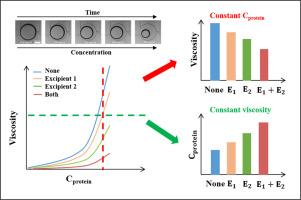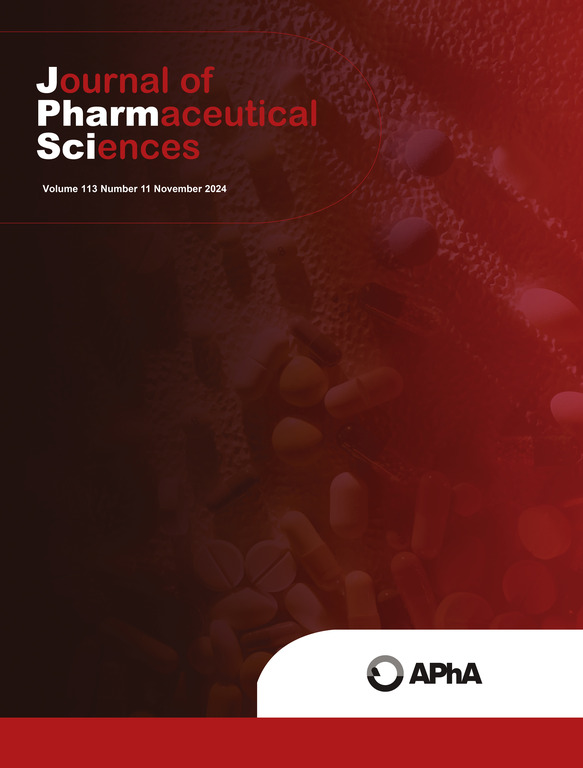Synergistic Effects of Multiple Excipients on Controlling Viscosity of Concentrated Protein Dispersions
Abstract
Viscosity control is essential for the manufacturing and delivery of concentrated therapeutic proteins. Limited availability of the precious protein-based drugs hinders the characterization and screening of the formulation conditions with new types or different combinations of excipients. In this work, a droplet-based microfluidic device with incorporated multiple particle tracking microrheology (MPT) is developed to quantify the effects of two excipients, arginine hydrochloride (ArgHCl) and caffeine, on the viscosity of concentrated bovine gamma globulin (BGG) dispersions at two different values of pH. The effectiveness of both ArgHCl and caffeine show dependence on the BGG concentration and solution pH. The data set with high compositional resolution provides useful information to guide formulation with multiple viscosity-reducing excipients and quantification appropriate to start elucidating the connection to protein-protein interaction mechanisms. Overall, this work has demonstrated that the developed microfluidic approach has the potential to effectively assess the impact of multiple excipients on the viscosity and provide data for computational methods to predict viscosity for high concentration protein formulations.


 求助内容:
求助内容: 应助结果提醒方式:
应助结果提醒方式:


